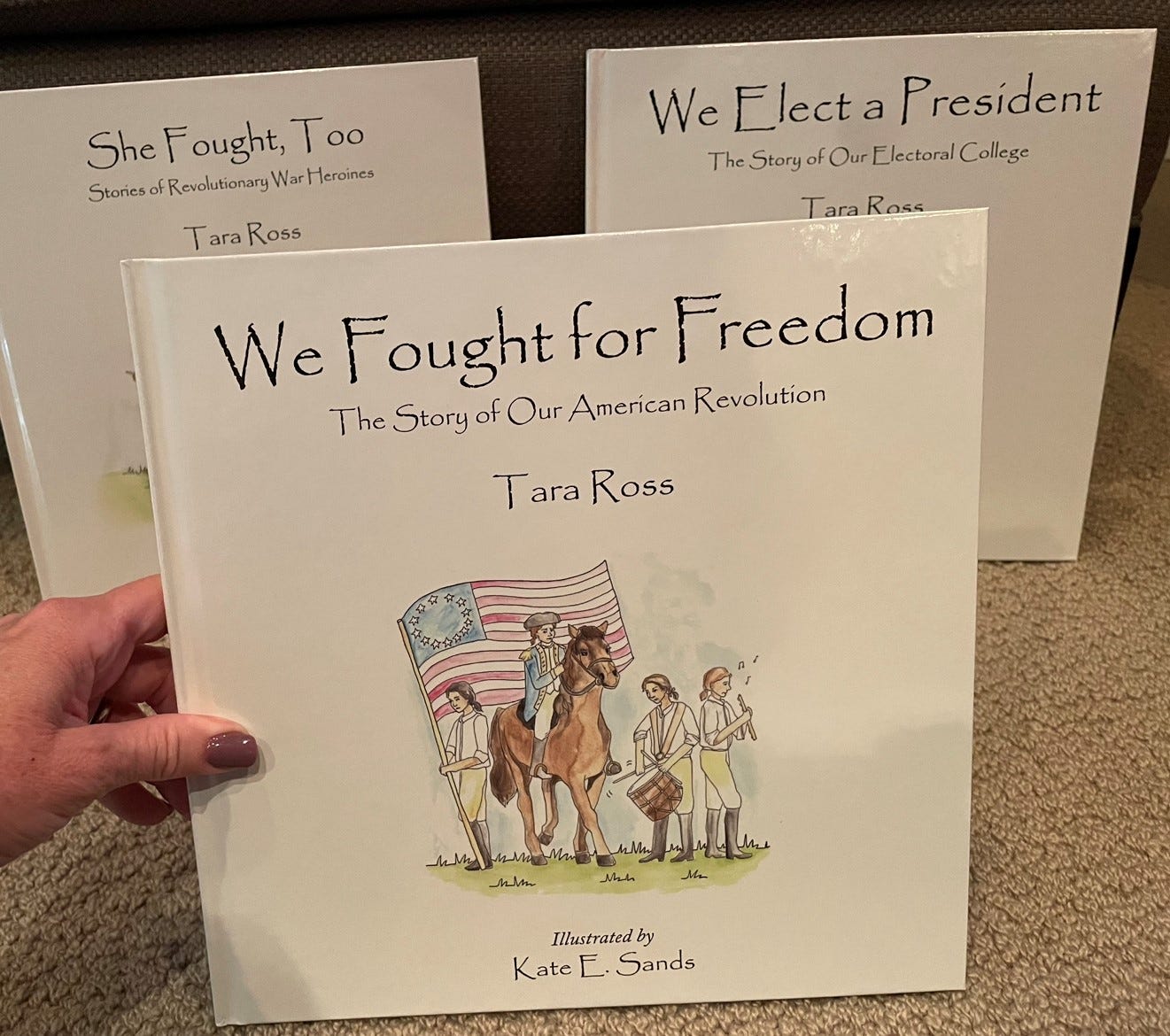TDIH: Mother of the Boston Tea Party
The middle-of-the-night trip to throw tea into Boston Harbor is well known. But did you know it was Sarah’s idea to dress the men as American Indians—and that the disguise served two purposes?
On this day in 1835, the so-called “Mother of the Boston Tea Party” passes away. Sarah Bradlee Fulton was then 94 years old, and she died peacefully in her sleep.
She’d led a long, adventurous life!
Her adventures began early, when the colonies first came into conflict with Great Britain. Sarah and her husband, John Fulton, then lived in Medford, Massachusetts. Sarah’s brother, Nathaniel Bradlee, and his wife also lived nearby.
Both couples were active participants in the Sons and Daughters of Liberty.
At least reportedly, Sarah had an idea that would go down in history. In December 1773, the Sons of Liberty were planning a response to the much-hated Tea Act. As we all know, they would eventually make a middle-of-the-night trip to throw tea into Boston Harbor. But did you know it was Sarah’s idea to dress the men as American Indians?
The disguise would serve two purposes: First, it would conceal the identity of the colonists. Second, this particular disguise would express to the world that colonists were “Americans,” not British subjects.
Sarah and her sister-in-law helped disguise the men, even painting their faces. When the Boston Tea Party was over, they also eliminated all evidence of the disguises, working quickly to get the red face paint completely removed.
The best way to get the paint off was with hot water, which the women kept carefully heated in a big copper boiler. A Tory spy apparently checked on the house that evening, looking into one of the windows. He saw the two women at work, but assumed they were doing housework and suspected nothing.
Sarah’s patriotic efforts didn’t stop with the Boston Tea Party. A few years later, she organized a group of women to nurse the wounded at the Battle of Bunker Hill. “Surgeons were few, but the women did their best as nurses,” one early history of Medford recounts. “Among them, the steady nerves of Sarah Fulton made her a leader. One poor fellow had a bullet in his cheek, and she removed it; she almost forgot the circumstance until, years after, he came to thank her for her service.”
Perhaps the most striking story told about Sarah occurred as Washington held the British under siege in Boston.
The British often looted from surrounding areas during that time. On one occasion, they were looking for wood. Thus, John Fulton was trying to protect that very item, hoping that it could be carried to Washington’s troops at Cambridge. He was traveling with a load of wood when he was confronted by British soldiers, who seized it.
Sarah immediately set off in pursuit of the British. The wood was private property and shouldn’t have been seized. When Sarah caught up to the British, she demanded that they restore her property. At least according to legend, she even grabbed the oxen by their horns and began steering them away from the British.
The British threatened to shoot her, but she defiantly shouted: “Shoot away!” The British were astonished—even amused—so they let her leave.
Naturally, Sarah and John ensured that the wood found its way to Washington’s army.
“Sarah Fulton was never afraid of man or beast,” one early member of the Daughters of the American Revolution wrote, “as she once told her little grandson, she ‘never turned her back on anything.’ . . . Patriotism, courage, and righteousness were her possessions.”
Yet another heroine of our American Revolution who deserves to be remembered.
Sources can always be found on my website, here.
Dear regular readers: Look what I have! Signed copies of my new kids’ Revolutionary War book are now available on my website: TaraRoss.com/books. Yay! Many thanks to all of you who have been waiting for them. I hope you enjoy the final product.






Thanks Tara. I gored some sacred cow on Facebook and got a 6 day jail sentence or I would post it on FB. Love this stuff and I can’t imagine how much time you spend searching for these valuable and largely unknown pieces of our history.
Tara Ross, I am keeping a copy of this, as one of my favorite TDIH pieces.